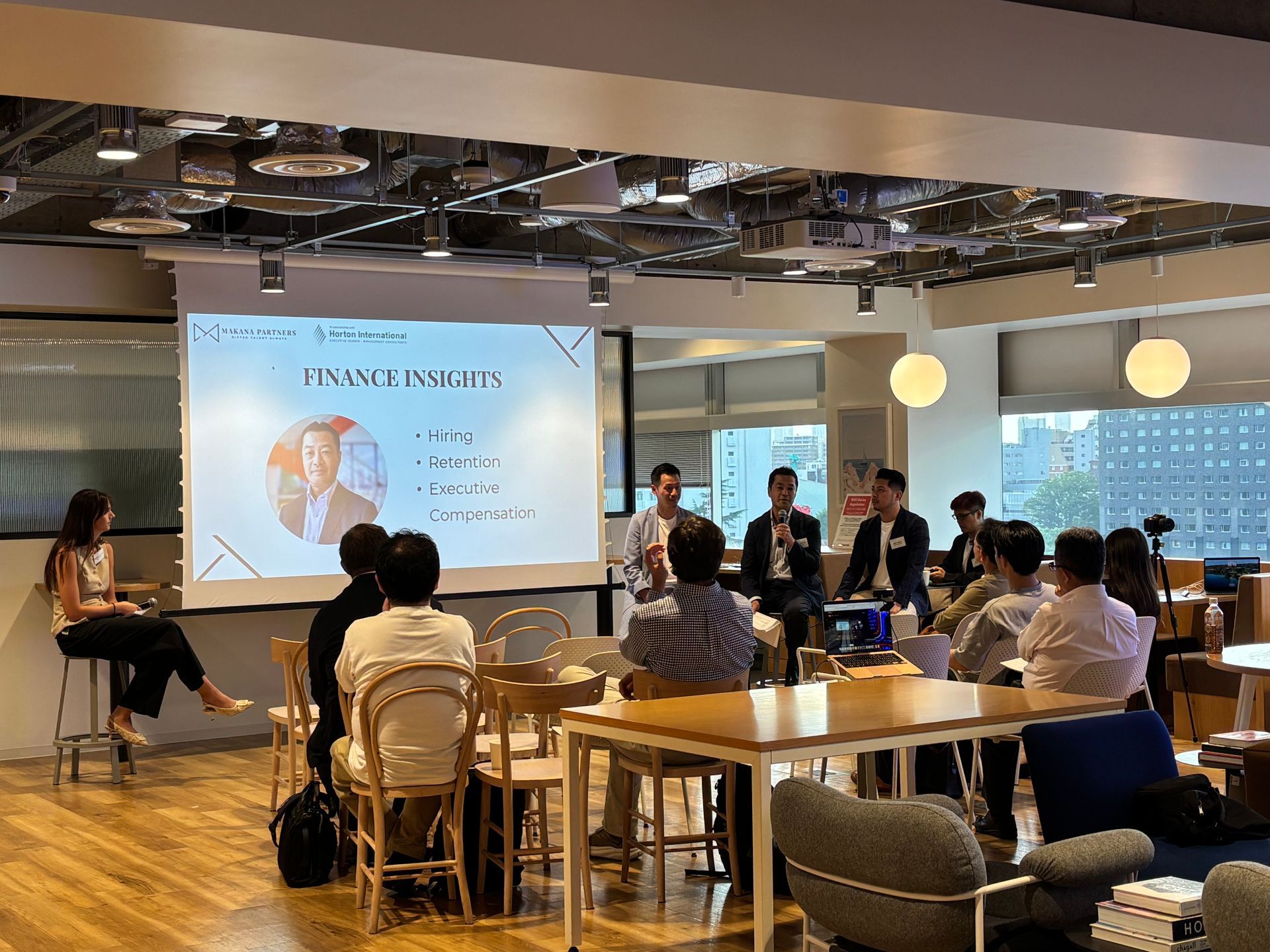Navigating Japan's Recruitment Landscape: Six Critical Mistakes to Avoid for Market Entry Success
As an executive search consultant with extensive experience in Japan's dynamic business environment, I have witnessed firsthand the evolving challenges companies face when entering this complex market. Japan's recruitment landscape in 2025 presents unprecedented opportunities alongside distinctive obstacles that require specialized understanding and strategic approaches.
Japan's labor market demonstrates remarkable stability with an unemployment rate of 2.5% maintained for four consecutive months through June 2025, creating an intensely candidate-driven environment. With a jobs-to-applicants ratio of 1.22, companies are competing for increasingly scarce talent while navigating cultural expectations that differ significantly from Western markets.
1. Neglecting Language Requirements
The language barrier remains Japan's most critical recruitment challenge, yet many companies underestimate its complexity. Current data reveals that fewer than 5% of Japan's population possesses business-level English proficiency, creating an extraordinarily limited pool of bilingual professionals. This scarcity has intensified dramatically, with specialized recruitment firms reporting that bilingual talent with technical expertise is exceptionally rare.
The situation is particularly acute in technical roles where language skills must combine with specialized knowledge. Over 70% of Japanese and foreign-affiliated companies recognize the strategic need for bilingual professionals, yet only 25% succeed in meeting their hiring targets. Companies frequently make the mistake of assuming English-only operations will suffice, but this approach severely constrains access to Japan's broader talent pool.
Successful organizations clearly define language requirements for each position while understanding that different roles require varying levels of proficiency. Industry-specific bilingual talent remains most competitive in sales and engineering positions, requiring companies to develop realistic expectations and potentially longer recruitment timelines.
2. Misaligning Compensation Structures
Japan's distinctive compensation model continues to confound international companies entering the market. The traditional system emphasizes semi-annual bonuses typically equivalent to 1-3 months of base salary, functioning as deferred wage components rather than performance incentives. This structure reflects Japan's historical emphasis on stability and long-term employment relationships.
Recent economic pressures have intensified compensation challenges. Real wages declined by 0.5% in fiscal 2024 despite nominal wage increases of 3.0%, the highest growth in 33 years, yet still insufficient to offset price inflation of 3.5%. This disconnect between wage growth and cost of living affects candidate expectations and market competitiveness.
Foreign companies must understand that Japanese professionals expect predictable compensation progression tied to tenure and company performance. The system incorporates base salary, periodic bonuses, family allowances, and comprehensive benefits packages that emphasize security over variable pay structures common in Western markets.
3. Rushing the Hiring Process
Japan's recruitment timeline operates on specific seasonal patterns that cannot be accelerated without significant consequences. Midcareer hiring has become standard practice, with 79.5% of companies actively recruiting experienced professionals, marking a 20-percentage-point increase over the past decade. However, this shift hasn't eliminated the structured approach Japanese candidates expect.
The hiring process remains rigorous with multiple evaluation stages, including written assessments, group interviews, and cultural fit evaluations. 87% of hiring managers prioritize cultural alignment over technical skills, requiring comprehensive assessment periods that respect Japan's consensus-building culture (nemawashi).
Current market conditions show job seekers have become increasingly selective, with candidates often timing their moves strategically around bonus periods or internal reorganizations. Companies that attempt to bypass established processes often lose qualified candidates to competitors who demonstrate proper respect for Japanese business customs.
4. Overlooking Cultural Fit Assessment
Cultural alignment has become more critical than ever in Japan's evolving workplace. Despite modernization trends, fundamental values of group harmony (wa) and hierarchical respect remain central to organizational success. Companies entering Japan must evaluate candidates' ability to operate within these cultural frameworks while adapting to changing generational expectations.
The traditional lifetime employment mentality persists, with 40% of Japanese professionals never having changed jobs. This stability preference creates unique challenges for companies seeking to attract talent from established organizations. However, younger demographics show increasing willingness to change employers, particularly in technology and healthcare sectors.
Successful cultural assessment evaluates candidates' understanding of respectful communication protocols (keigo), willingness to participate in group decision-making, and ability to balance individual achievement with collective success. Companies must also consider how changing work-life balance expectations affect traditional cultural norms.
5. Insufficient Local Network Building
Traditional Western recruitment methods prove inadequate in Japan's relationship-based hiring environment. LinkedIn penetration remains limited compared to other markets, with most senior professionals preferring established industry networks and referral systems. The passive nature of Japan's job market means top talent rarely engages with direct application processes.
Executive search firms have become essential partners, with the market experiencing significant growth despite its relative immaturity compared to Western markets. Companies that rely solely on job boards or international recruitment platforms severely limit their access to qualified candidates who follow traditional networking protocols.
Successful market entry requires developing relationships with specialized executive search firms, university career services, and industry-specific professional associations. The consensus-building culture means that proper introductions and referrals carry significantly more weight than direct outreach efforts.
6. Poor Employer Branding in the Local Market
Employer branding has emerged as a decisive factor in Japan's competitive talent market. Companies without established local presence face significant disadvantages when competing against organizations with strong Japanese market recognition. The challenge intensifies for foreign companies attempting to attract talent from stable domestic employers.
Recent trends show increasing emphasis on diversity and inclusion initiatives, with Japanese companies prioritizing gender equality and foreign worker integration. Companies entering Japan must demonstrate commitment to these values while respecting traditional organizational structures that remain important to many professionals.
Corporate social responsibility has gained prominence, with Japan reporting 21.9% of total employment in green-driven occupations, significantly above OECD averages. Companies that align their employer branding with sustainability and social impact values gain competitive advantages in attracting younger talent segments.
Current Market Dynamics and Opportunities
Japan's 2025 recruitment landscape presents unique opportunities alongside these traditional challenges. The technology sector faces a critical shortage of over 220,000 professionals, creating unprecedented demand for career changers from finance, manufacturing, and other industries. This shift opens new pathways for companies willing to invest in training and development programs.
AI integration in recruitment processes is accelerating, with companies adopting automated screening and analysis tools to improve efficiency. However, the human relationship element remains crucial for senior-level placements, particularly in executive search where cultural nuance and personal connections determine success.
The emergence of more flexible work arrangements, including remote work and project-based engagements, creates new opportunities for attracting talent previously constrained by traditional employment models. Companies that successfully blend modern flexibility with Japanese relationship-building traditions gain significant competitive advantages.
Understanding and avoiding these critical recruitment mistakes positions companies for success in Japan's evolving market. The key lies in respecting cultural foundations while adapting to contemporary trends, supported by specialized local expertise and patient relationship-building approaches that characterize successful market entry strategies.










